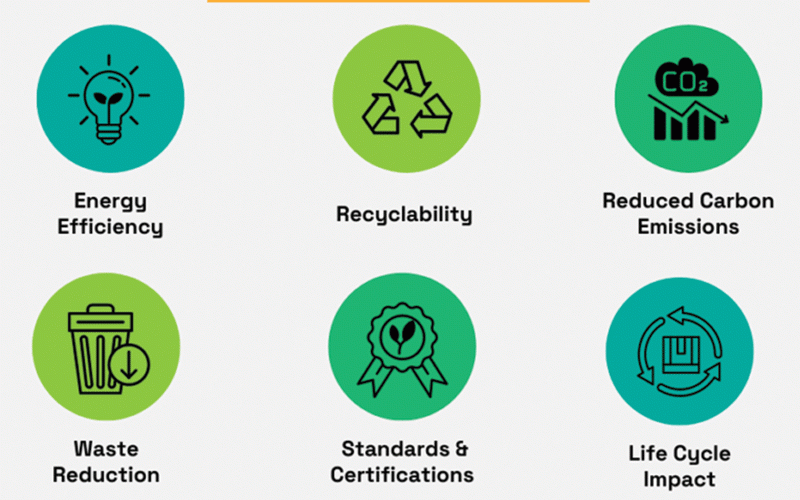
I will never forget that moment.
The CEO, a seasoned professional I deeply respected, stood up mid-discussion, visibly agitated and walked out of the boardroom without a word. Silence followed.
I remember the stunned expressions around the table. What was meant to be a routine quarterly board meeting had suddenly turned into a crisis, a rupture in the rhythm of governance.
In that moment, I realised something profound and enduring: governance is not just about strategy, compliance, or oversight it is about people, pressure and how we handle both.
What led to that walkout?
Looking back, the signs were there, if we had only noticed them in time. The organisation had been underperforming. Revenue targets were being missed. Staff morale was low.
And the CEO, the linchpin of the organisation, was shouldering almost all the pressure. He had been defending decisions, firefighting crises and increasingly working in isolation.
As a board, we had questions, tough questions, questions that demanded clarity:
- Re-imagining the workplace: Google and other company visions
- New arts festival set for Nyanga
- Re-imagining the workplace: Google and other company visions
- Covid-19 centre turned into a maternity ward
Keep Reading
l Why weren’t we seeing the promised turnaround?
l Why were risks escalating despite increased investments?
l Why had certain decisions been taken without full board visibility?
Our tone, though well-intentioned, was sharp. We wanted accountability. We wanted transparency. But somewhere along the line, we lost sight of the human side of the conversation.
I now see clearly that the CEO did not walk out merely because he was under pressure.
He walked out because he felt cornered, unheard and unsupported. The very system meant to guide and support him had, at that moment, felt like a cage.
Reflection that followed
That walkout forced me to reflect deeply on my own posture as a board member, and later, as a board chair. Governance, I realised, is meant to support leadership, not crush it.
Accountability is crucial, yes, but accountability without empathy is a hammer. And no one thrives under a hammer.
We often discuss psychological safety within organisations yet fail to examine whether we have created the same environment in our own boardrooms. Do we challenge with dignity? Do we interrogate without demeaning? Do we give leaders the space to be honest about what isn’t working without fear of judgement or reprisal?
In that meeting, the answer was a resounding no.
What I learned
The walkout was not the end of the story. Initially, we had to regroup without the CEO. There were heated debates about next steps: Should he resign? Was he still capable of leading effectively? Emotions ran high, tempers flared and trust wavered.
But I advocated for a different approach: dialogue. We needed to engage, not just as professionals, but as humans. We had to rebuild trust before any operational recovery could take place.
We brought in a governance advisor to facilitate the conversation, giving us an objective perspective. We reviewed our own processes and boardroom dynamics, asking hard questions about our tone, our assumptions, and our behaviour.
Most importantly, we created a space where the CEO could speak candidly, perhaps for the first time in months, about the pressures he faced and the support he needed.
The result was transformative. He stayed. We realigned. The organisation stabilised. And I came away with a changed philosophy: good governance isn’t just about getting the answers — it is about creating a boardroom where truth can be spoken before someone breaks.
Message to board members
If you have never witnessed a CEO walk out of a board meeting, consider yourself fortunate.
But if it ever happens, do not rush to ask, “What’s wrong with the CEO?” Pause instead and ask, “What does this moment say about us as a board?”
Boards often see themselves as arbiters of accountability, guardians of policy, and enforcers of compliance. And they are all those things. But they must also be stewards of leadership.
Governance is about balance — balance between courage and compassion, between accountability and empathy. The most strategic action we can take is sometimes the simplest: to listen, really listen, before we risk losing a leader not through resignation, but through exhaustion.
Boards that forget the human element risk more than operational failures. They risk losing vision, morale, and ultimately the trust that binds an organisation together.
Empathy, when applied deliberately, is not soft; it is strategic. It is what ensures that high-pressure discussions do not break the very people responsible for the organisation’s success.
I learned, in that moment of tension, that leadership is not just about making tough decisions, it is about sustaining the people who make them.
And governance is not just about oversight, it is about creating the conditions in which leaders and by extension organisations, can thrive.
If nothing else, that day taught me this: A boardroom without humanity is a room full of answers, but no solutions.
Chikanda is a specialist in corporate governance, strategy, leadership development, and wellness. With vast boardroom and executive experience, he leads Vineyard Funeral Assurance as managing director and serves as lead consultant at Inspire World Institute, where he champions strong governance, and organisational excellence. — Cell: 0772 721962/ email: [email protected]










